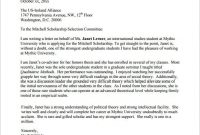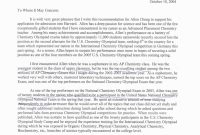 Nurse Letter Of Recommendation Debandje about proportions 791 X 1024
Nurse Letter Of Recommendation Debandje about proportions 791 X 1024Blank Template For Letter Of Recommendation: Crafting Professional and Time-Saving Recommendations
Introduction
Blank Template For Letter Of Recommendation – A recommendation significantly shapes one’s career trajectory. It is a testament to an individual’s skills, achievements, and character, providing a compelling snapshot for potential employers, academic institutions, or organizations. Crafting a well-structured and persuasive letter of recommendation can be daunting, but fear not! In this article, we will explore the benefits of using a blank template for a letter of recommendation. By following a consistent format and leveraging the efficiency of templates, you can save time, maintain professionalism, and ensure your advice makes a lasting impact.
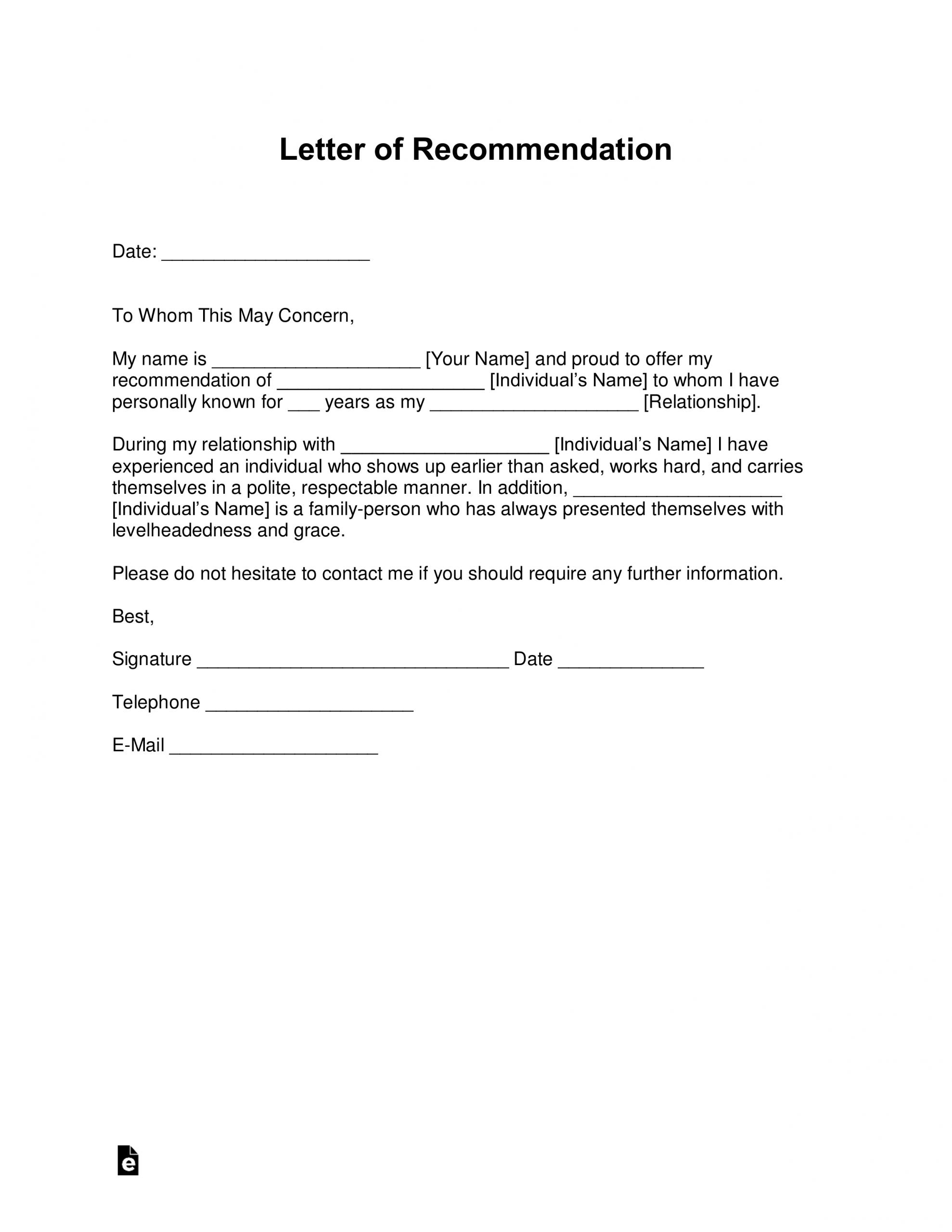 Fill In The Blank Letter Of Recommendation Template Debandje within size 2550 X 3301
Fill In The Blank Letter Of Recommendation Template Debandje within size 2550 X 3301Why Use a Blank Template for a Letter of Recommendation?
Consistency and Structure
Using a blank template provides a solid foundation for your letter of recommendation. Consistency is vital in professional documents; a template ensures that your requests adhere to a structured format. You create a visually appealing and easy-to-read document that reflects your professionalism by using a consistent layout, fonts, and formatting.
Time-Saving and Efficiency
Crafting a letter of recommendation from scratch can be a time-consuming process. However, with a blank template, you can streamline the process and focus on the content rather than formatting. Templates provide pre-designed sections, such as an introduction, body paragraphs, and conclusion, allowing you to quickly fill in the necessary details. This efficient approach saves you precious time while maintaining the quality of your recommendation.
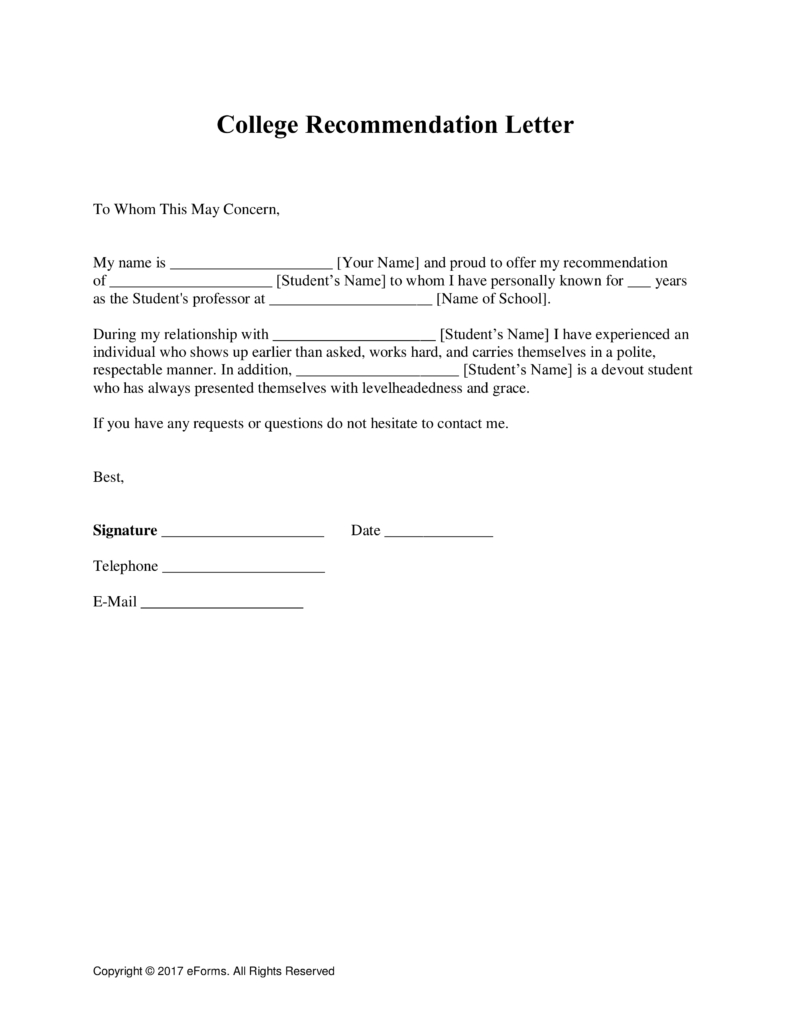 Letter Of Recommendation Template Lettering Business Mentor about sizing 791 X 1024
Letter Of Recommendation Template Lettering Business Mentor about sizing 791 X 1024How to Choose the Right Blank Template for a Letter of Recommendation
Selecting the perfect blank template for your letter of recommendation is crucial. Consider the following factors when making your choice:
Purpose and Audience
Identify the purpose of the recommendation and the intended audience. Is it for a job application, academic admission, or membership in an organization? Understanding the context will help you find a template that aligns with the specific requirements and expectations of the recipient.
Template Features
Explore the various features offered by different templates. Look for sections that allow you to highlight the individual’s achievements, skills, and unique qualities. Consider whether the template provides space for personalized anecdotes or stories that add depth to your recommendation.
Aesthetics and Professionalism
Choose a template that strikes the right balance between aesthetics and professionalism. Opt for a design that complements the content without overshadowing it. A clean and professional look will enhance the credibility and readability of your letter.
Flexibility and Customization
Ensure that the template allows for customization to meet your specific needs. The ability to modify sections, fonts, or formatting will enable you to tailor the recommendation to the individual’s unique strengths and the requirements of the situation.
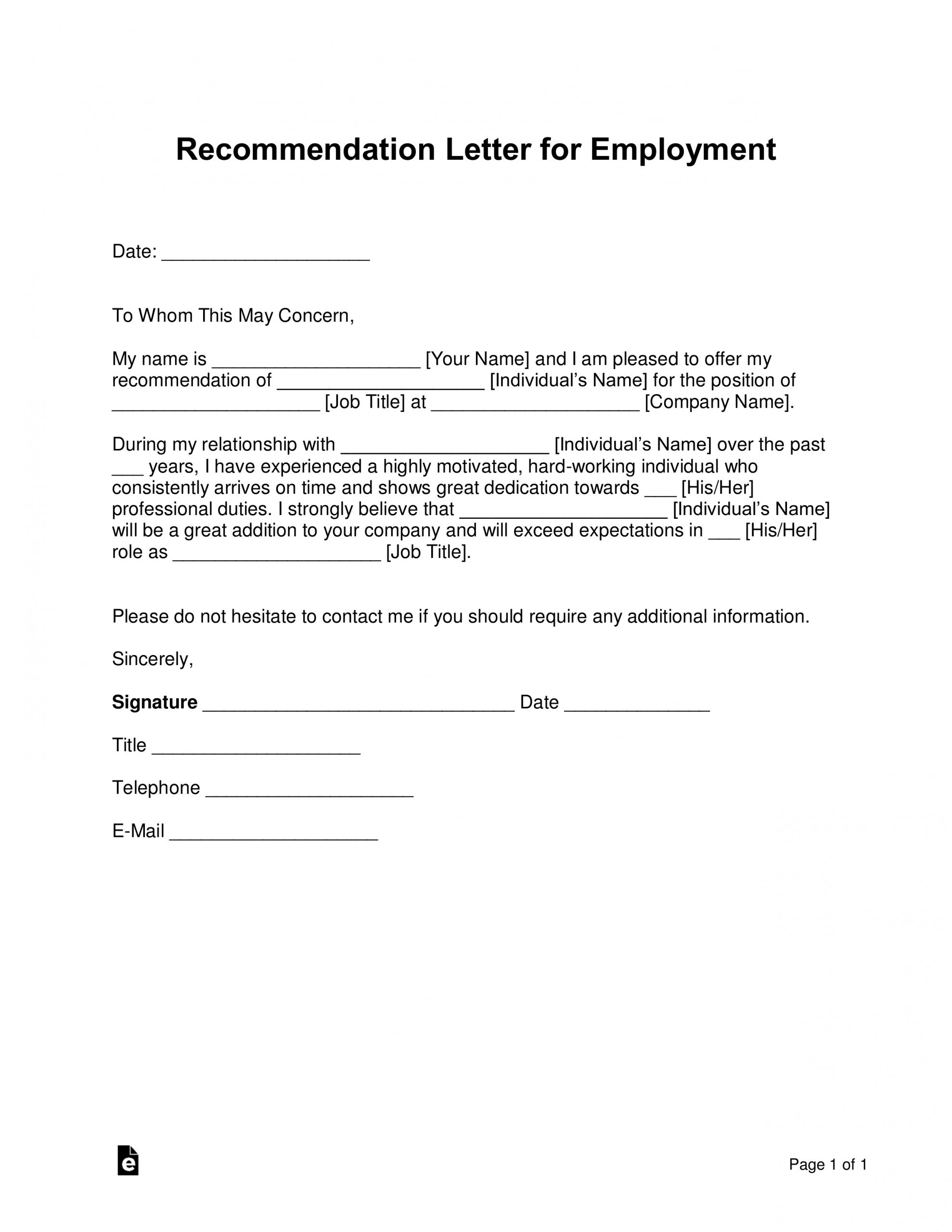 Free Job Recommendation Letter Template With Samples Pdf for measurements 2550 X 3301
Free Job Recommendation Letter Template With Samples Pdf for measurements 2550 X 3301How to Use a Blank Template for a Letter of Recommendation
Now that you have selected the ideal blank template, let’s explore how to utilize it effectively:
Step 1: Familiarize Yourself with the Template
Take a moment to study the template’s structure and layout. Pay attention to the designated sections and their purposes. Understanding the template thoroughly will help you craft a well-organized and coherent recommendation.
Step 2: Gather Relevant Information
Collect all the necessary information about the individual you are recommending. This includes their achievements, skills, experiences, and specific attributes that make them stand out. This information will enable you to fill in the template accurately and convincingly.
Step 3: Personalize the Content
While using a template provides a structured framework, it is essential to personalize the content. Share anecdotes, examples, or specific instances highlighting the individual’s exceptional qualities. Personal touches add depth and credibility to your recommendation.
Step 4: Maintain Professionalism
Ensure that your recommendation maintains a professional tone throughout. Use appropriate language and terminology relevant to the field or industry. Avoid using overly casual language or exaggerated praise that may undermine the sincerity of your recommendation.
Step 5: Proofread and Edit
Before finalizing your recommendation, carefully proofread and edit the content. Check for any grammatical errors, spelling mistakes, or inconsistencies. A polished and error-free guidance reflects your attention to detail and professionalism.
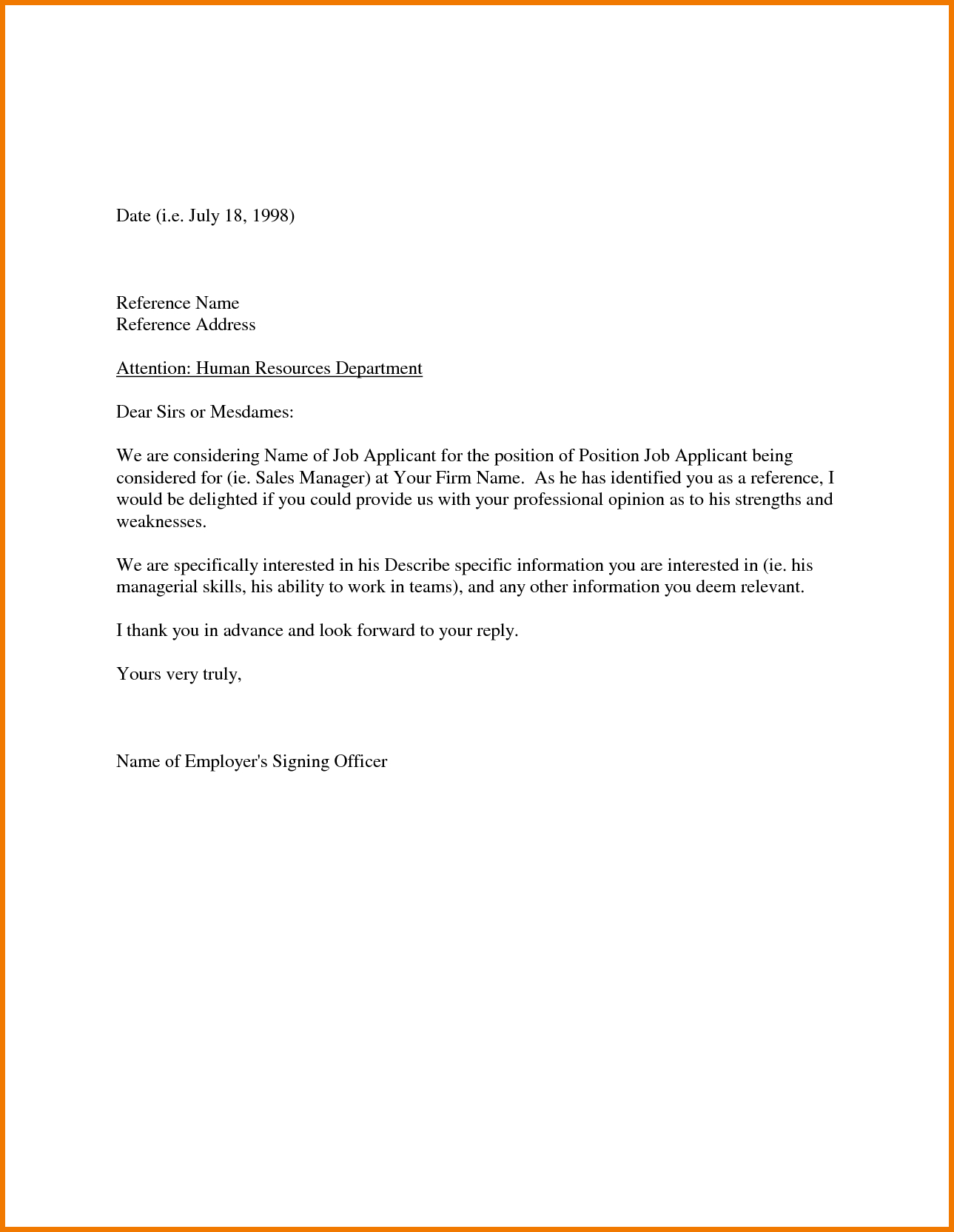 Sample Recommendation Letter From Employer Appeal Letters for dimensions 1289 X 1664
Sample Recommendation Letter From Employer Appeal Letters for dimensions 1289 X 1664Conclusion
In professional recommendations, using a blank template is a game-changer. By leveraging the benefits of templates, such as consistency, time-saving efficiency, and professional structure, you can craft powerful and impactful letters of recommendation. Choose the correct template that aligns with your purpose and audience, personalize the content, and maintain professionalism throughout. With the plethora of free and paid options, finding the perfect template to suit your needs has never been easier. Embrace the power of templates, and watch your recommendations make a lasting impact.
FAQ
1. Can I customize the content and layout of a blank template for a letter of recommendation?
Absolutely! Blank templates are designed to provide a structure and framework for your recommendation but also offer room for customization. You can modify the content, rearrange sections, and personalize the template to align with your specific needs and the individual you recommend. This flexibility allows you to create a unique and tailored letter of recommendation while still benefiting from the template’s structure.
2. Are free templates as effective as paid ones for creating professional letters of recommendation?
Yes, free templates can be just as effective as paid ones. The effectiveness of a template depends on its design, layout, and how well it suits your specific needs. Free templates often offer a wide range of options and can be found on reputable template websites. However, paid templates may provide additional customization features and more unique designs. Consider your budget, the level of customization required, and the specific requirements of your recommendation when deciding between free and paid templates.
3. Can I use a blank template for recommendations like job applications, academic admissions, or scholarships?
Certainly! Blank templates for letters of recommendation are versatile and can be used for various purposes. They provide a structured format that can be adapted to suit different types of requests, including job applications, academic admissions, scholarships, and more. When selecting a template, consider its suitability for the specific context and audience you are targeting. You can customize the template to highlight the relevant qualities, achievements, and experiences necessary for each recommendation type.
4. What should I include in introducing a letter of recommendation using a blank template?
In the introduction of a letter of recommendation, it’s essential to provide a brief overview of your relationship with the recommended individual and establish your credibility as the recommender. You can mention how long you have known the person, in what capacity, and your qualifications or experience in assessing their abilities. Additionally, briefly state the letter’s purpose and convey your enthusiasm for recommending the individual. Keep the introduction concise, engaging, and focused on establishing a solid foundation for the rest of the recommendation.
5. How can I ensure that my letter of recommendation using a blank template stands out and is compelling?
To make your letter of recommendation using a blank template stand out and be compelling, consider the following tips:
- Personalize the content: Include specific examples, anecdotes, or stories highlighting the individual’s unique qualities, achievements, and experiences.
- Use persuasive language: Emphasize the person’s strengths and skills, and use robust and descriptive language to make your recommendation more impactful.
- Focus on achievements and contributions: Highlight the individual’s notable accomplishments, gifts, and their positive impact in their field or community.
- Keep it concise: While providing sufficient detail is important, aim for a brief and focused letter that captures the most relevant and compelling information.
- Proofread and edit: Ensure your letter is free of grammatical errors, spelling, and inconsistencies. A polished and error-free letter reflects your professionalism and attention to detail.
By incorporating these elements, you can create a letter of recommendation that captures the reader’s attention, effectively conveys the individual’s qualities, and makes a strong case for their candidacy or suitability.
